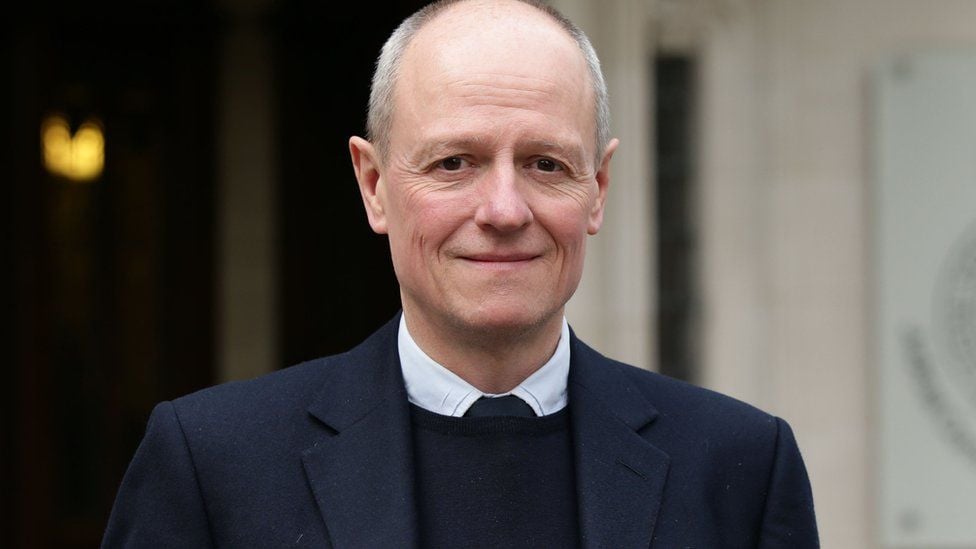A baronet holds a baronetcy, a hereditary title bestowed by the British Crown. The title of a baronet is mentioned as early as the 14th century, but it was created in its current form by James I of England in 1611 to raise funds for the crown. But who was the legitimate heir to the Scottish baronetcy back in 2016?
DNA testing revealed that Simon’s grandfather was not the biological son of Sir Norman Pringle, 8th Baronet, but was instead completely unconnected to the clan; Murray Pringle was able to claim the Pringle baronetcy in 2016.
Who is Murray Pringle?
Ronald Steuart Pringle and Janet Patricia Pickford, a Nairobi-born daughter of Capt. George Todd Pickford had two boys; Murray Pringle was the older of the two. Murray Pringle was born in 1941. Ronald Steuart was the second child born to Florence Madge Vaughan, the wife of Sir Norman Robert Pringle, 8th Baronet. The 8th Baronet wed on October 16, 1902, and his wife gave birth to their first child, Norman Hamilton Pringle, on May 13, 1903, causing legal issues that weren’t settled for over a century.
He’s an accountant from Scotland. Using DNA evidence to show that his cousin, who had been recognized as the 9th Baronet in 1919, was not the biological son of the 8th Baronet, he was successful in 2016 in proving that he was the genuine heir to the Pringle baronetcy.
On September 11, 1966, Sir Norman married Lysbet Watkins-Pitchford for the first time. They had two kids. (Source: The Guardian)
Unusual Disagreement on the Baronetcy
The privy council’s judicial committee decided that Murray Pringle, 74, of High Wycombe, Buckinghamshire, should inherit the title of a baronet of Stichill. The seven judges, who sit on the supreme court in Westminster, rejected the arguments made by Simon Pringle, the second cousin of Pringle and a resident of Hastings, East Sussex, who is in his fifties.
The Queen formally referred the extraordinary issue regarding the Charles II-created baronetcy to the JCPC. There has never been a case where inherited title disputes were settled using DNA evidence.
A baronetcy is not a peerage but a title bestowed by the monarch. On the holder’s death, heirs do not immediately succeed; instead, they must present documentation demonstrating their familial ties to the late baronet.
Robert Pringle of Stichill and the male successors from his body were formally awarded the baronetcy of Stichill, a settlement close to Kelso in Roxburghshire, in 1683.
The 10th baronet, Sir Steuart Pringle, a former commander of the Royal Marines who had survived an IRA bombing, passed away in 2013 at 84. His kid is named Simon Pringle. However, Sir Steuart’s DNA results from the Pringle surname project, which Murray set up in 2010 to establish the clan’s chieftainship, revealed that he was not a member of the male Pringle family line.
The court noted that accepting DNA evidence in inheritance disputes could have broad repercussions. In the past, the assumption of legitimacy could rarely be refuted, and allegations based on accusations that irregular procreations had occurred in the distant past were particularly difficult to establish. (Source: The Guardian)
Image from BBCnews
